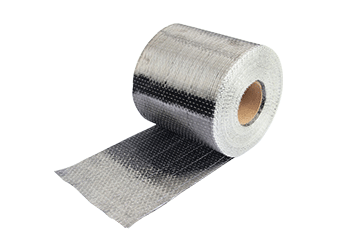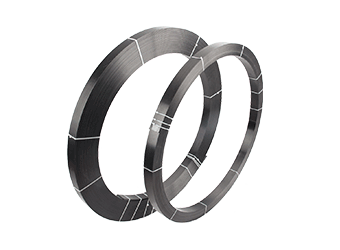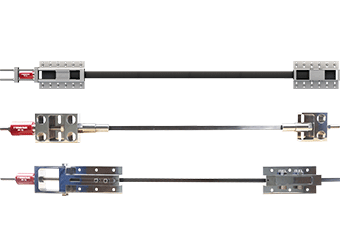Soluciones
La gama de negocios de construcción de caballos se extiende a todo el mundo y sirve a miles de clientes con productos, orientación técnica especializada en construcción, y somos testigos del reinicio de la marca china con ellos.
Sticking fiber reinforced polymer(FRP) composite strengthening system in the tensile area of concrete structure can effectively improve its bearing capacity and restrain crack propagation.
1 fiber reinforced polymer(FRP) material technology
1) high performance FRP modification technology AFRP has high strength and poor toughness. GFRP can meet the requirements of engineering structure toughness, but the modulus and strength are low. It is a key material technology that affects the application of FRP in civil engineering that how to modify different fiber materials with high performance (high strength, high modulus, high durability and good toughness) and low cost and good environmental affinity. Once the technology is solved, it will bring revolutionary changes to civil engineering materials technology.
2) high performance FRP key supporting materials and equipment development. In addition to resolving the modification technology of FRP composite materials and producing materials suitable for the characteristics of civil engineering applications, it is also necessary to solve the matching key materials and equipment technical problems. It mainly includes the design of special adhesive resin matrix structure, material synthesis technology, high performance FRP composite reinforcement / cable anchorage and the development of prestressing tensioning equipment.
2 fiber reinforced polymer(FRP) strengthening design technology
The mechanical properties of plates, shells and thin-walled rods made of FRP are different from those made of traditional materials. The classical elastic-plastic mechanics and plate-shell theory based on homogeneous materials are not suitable for the analysis of composite structural components. More and more scholars turn to the study of composite mechanics. Compared with the traditional material structure, there are many structural design parameters of composite materials, and different combinations of design parameters can lead to great differences in structural mechanical properties. At present, most of the research results are still in the experimental stage, lack of rapid and effective reinforcement design technology, although some scholars have made a useful attempt, but it is still not enough, there is still a long way to go from the application.
3 fiber reinforced polymer(FRP) strengthening construction technology
In recent years, the existing FRP reinforcement technology has been developed in the world. Its simple construction technology and excellent reinforcement effect have been widely praised by civil engineering circles. Although FRP has made a lot of achievements in structural reinforcement and has been widely used, there are still many problems to be solved. Restricting its development and wider application, which mainly includes the interface mechanical properties and pre-stressed reinforcement technology.
4 fiber reinforced polymer(FRP) detection and Evaluation Technology
At present, the world has not yet established a set of well-known high-performance FRP testing and evaluation technology system for civil engineering, and China's achievements in this area are even less. Testing, testing and evaluation of materials are the basis of all materials engineering applications. The lack of testing technology and standards is an important obstacle to the extensive application of FRP.
With the rapid development of economy and rapid technological progress, the requirements of civil engineering in the world are getting higher and higher. Under certain conditions, traditional building materials are difficult to meet this development requirement. FRP composites have many advantages, such as light weight, high strength, corrosion resistance, fatigue resistance, good durability, multi-function, wide application, design and easy processing. In important civil engineering, such as super-long span, super-high-rise, underground structure, marine engineering, high durability applications, as well as special environmental engineering, permanent engineering, structural reinforcement and repair, large-scale engineering structure in-service monitoring applications, have great advantages. It can satisfy modern civil engineering and put forward new and higher requirements for new building materials. FRP composites, as a new type of promising building materials and technologies, are not intended to replace the traditional building materials - steel and concrete, but as an important complement to the traditional building materials. The application technology and material research and development of FRP composites in civil engineering have become a hot spot in the field of composite materials and civil engineering. After the successful development of the technology, the technological progress of modern civil engineering will be greatly promoted. It will also open up a huge application market for the modern composite industry, so it has a very broad development and application prospects.
Puede encontrar cualquier cosa que necesite, confíe en probar estos productos y encontrará la gran diferencia después de eso.

Tejido de fibra de carbono unidireccional de alta resistencia para refuerzo de compuesto de polímero reforzado con fibra (FRP).

Lámina de fibra de carbono pultruída para reforzamiento de estructuras

Placa / laminado / banda de polímero pretensado reforzado con fibra de carbono (CFRP) para la losa, refuerzo del haz